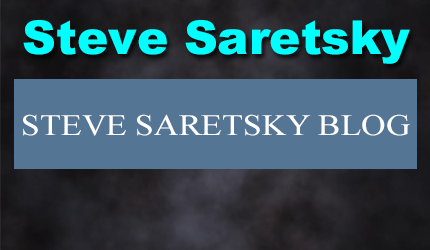July 18, 2022 | Front Loading

Another month, another jumbo sized rate hike from the Bank of Canada. Tiff Macklem and crew surprised markets with a 100bps rate hike, the largest move since 1998 when the central bank was trying to support a weak Loonie.
It was just two years ago when the Bank of Canada was rather irresponsible in encouraging the private sector to take on more borrowing, ensuring interest rates would remain at zero until the end of 2023. In the past four months, the bank has taken interest rates from zero to their target neutral rate of 2.5%, an incredible pace of change. While the bank is adamant they are “front loading” interest rates, there’s still another 100bps of tightening priced in for this year. This will have serious ramifications for the housing market so let’s discuss.
One of the pillars supporting the housing market has been variable rate mortgages. They’ve been dirt cheap, averaging more than 150bps cheaper than the fixed rate mortgages this year. For this reason, we’ve seen an increasing number of new purchasers opting to go with variable rate mortgages. So far this year, over 50% of new mortgage originations have been variable, a historically high figure.
If you were going with a variable rate mortgage in recent months you were not subject to the higher mortgage stress test. Remember the mortgage stress test qualifies the borrower based on the minimum qualifying rate of 5.25% or their contract rate PLUS 2%, whichever is higher. In other words, with variable rate mortgages hovering around 3%, you’d only be stress tested at 5.25%, compare that to borrowers opting for fixed rate mortgages and you’d be getting stress tested near 7% (5% mortgage rate plus 2%). Now you can see why a borrower would go with a variable mortgage.
Now that the Bank of Canada has raised interest rates by 100bps this will instantly bring the typical variable rate mortgage to approximately 4.2%, which means you’d be getting stress tested at 6.2%. In other words, the average home buyer just lost about 10% of borrowing capacity in one fell swoop. It’s not hard to figure out what happens next. The pool of prospective, or rather, qualified home buyers, is shrinking.
While nobody knows where interest rates will end up, if you believe the market, Overnight swaps are suggesting the Bank of Canada will hike the benchmark rate to 3.75% by the end of this year. While I remain skeptical the Bank will get there, it’s worth noting that would equate to a 350bps increase in interest rates this year, which is approximately the amount required to trigger most fixed rate variable mortgages.
In case you need a primer, 80% of all variable mortgages outstanding are fixed payment variable. The monthly mortgage payment stays the same until it becomes negative amortizing (not enough principal being paid down), this number tends to be roughly 350bps higher than the original contract rate. How many households are prepared or even aware that their FIXED payment variable mortgage can and will reset higher when the bank inevitably raises rates again in September?
Perhaps a subtle reminder that Canada’s private sector debt/GDP sits at 235%, a figure even higher than what Japan experienced at the peak of their bubble in the 1990’s when the Imperial Palace was worth more than the state of California.
It’ no wonder housing sales and prices continue to slide. The latest national housing figures for the month of June show a 24% decline in home sales from last year. Meanwhile, benchmark prices declined 1.9% from last month, the largest seasonally adjusted monthly decline on record. Larger than during the Financial Crisis, larger than 2017 mini downturn, and these figures don’t account for the latest 100bps increase in rates.
I don’t know how this ends, but assuming the central bank stays the course on projected rate hikes then you can kiss goodbye any notion of a soft landing. Housing and therefor economic forecasts remain wildly optimistic.
Three Things I’m Watching:
1. The large spread between fixed rates and variable rate mortgages has encouraged many Canadians to go with variable rate mortgages over the past year. (Source: Rob Mclister)

2. Canada expected to hike rates to the highest Bank of Canada rate since ’08. Their private sector debt/GDP is higher than what Japan experienced at the peak of their bubble, when the Imperial Palace was worth more than California. (Source: Macro Alf)

3. National home prices slide for third consecutive month, recording a 1.9% decline in June, the largest one month drop on record. (Source: Bloomberg)

STAY INFORMED! Receive our Weekly Recap of thought provoking articles, podcasts, and radio delivered to your inbox for FREE! Sign up here for the HoweStreet.com Weekly Recap.
Steve Saretsky July 18th, 2022
Posted In: Steve Saretsky Blog
Next: Fauci Set to Retire »











